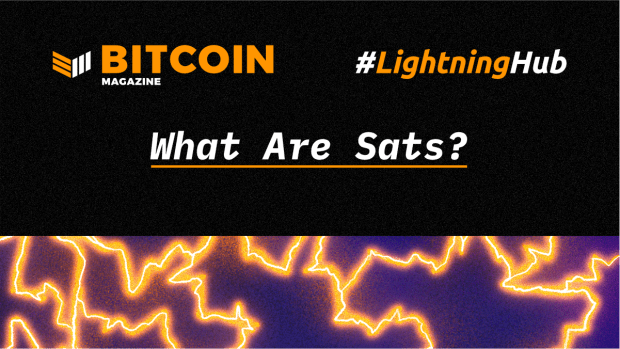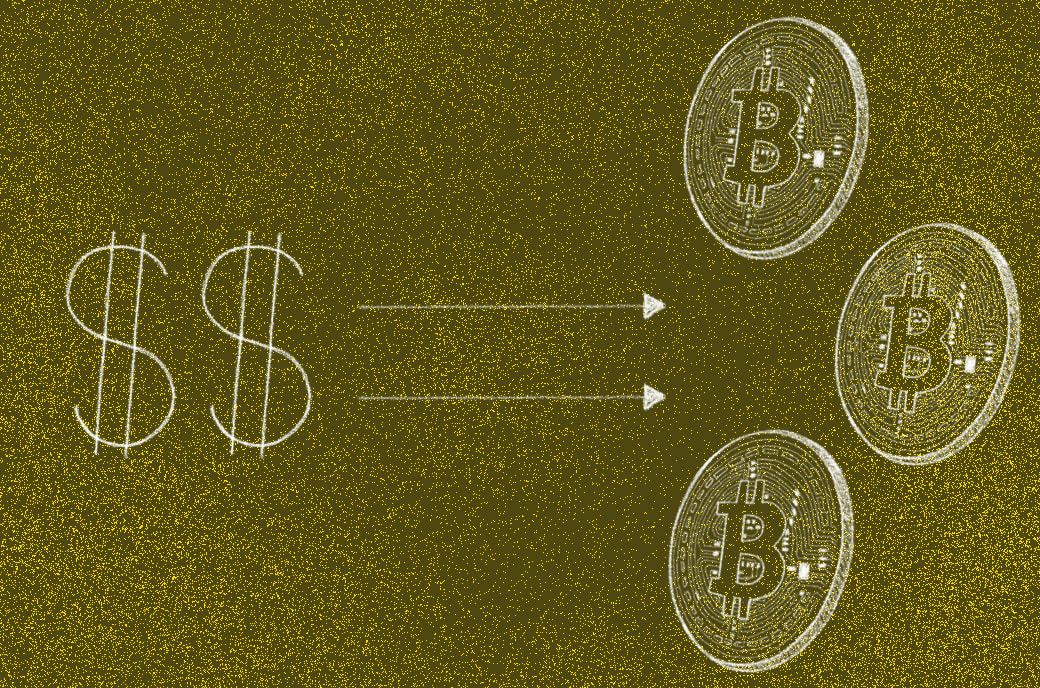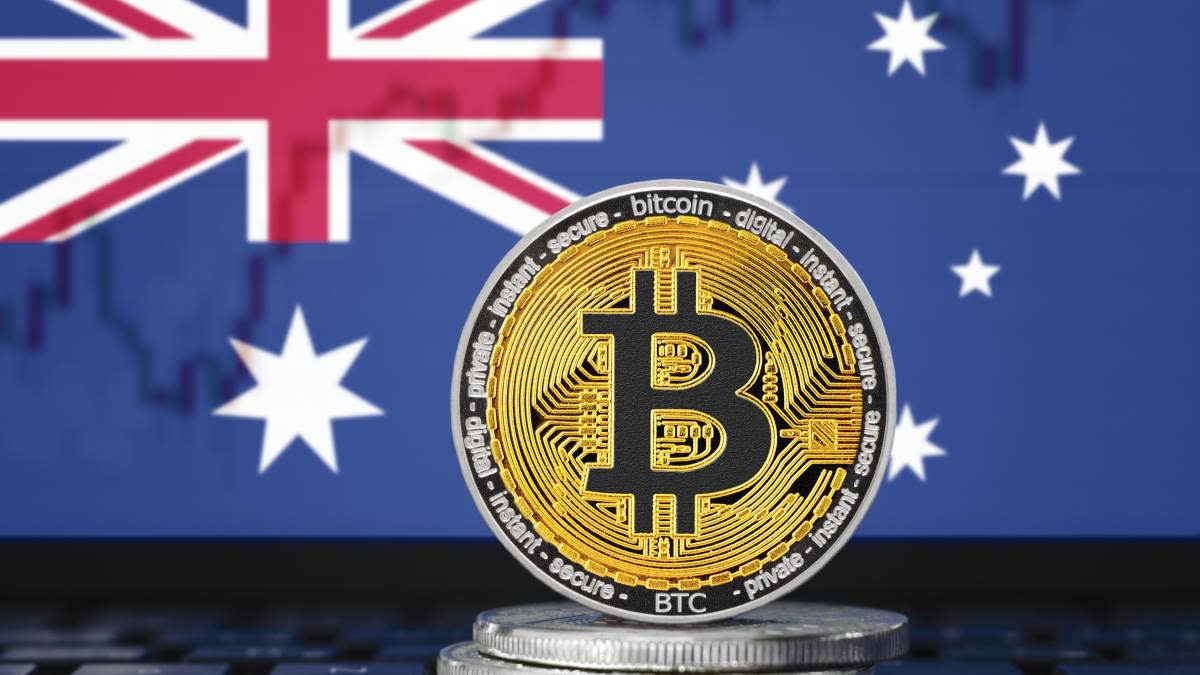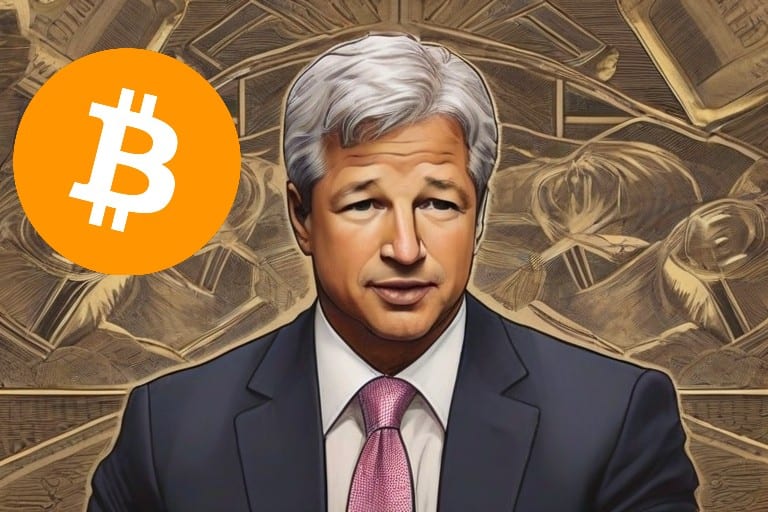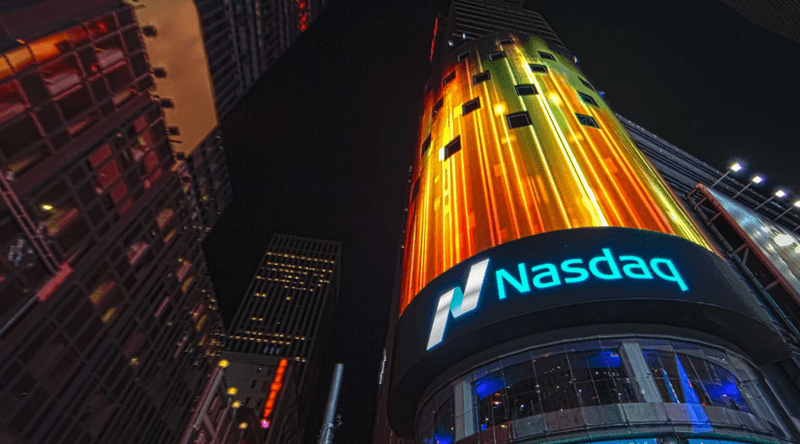Jack Mallers New Video About Bitcoin Scarcity is Right on the Money!


Well, well, well—if it isn’t Jack Mallers dropping truth bombs like they’re going out of fashion! His latest video on Bitcoin scarcity has me more thrilled than a Brit who’s just found out the pub’s open early.
You see, we Brits have a knack for understatement, but when it comes to Bitcoin, subtlety takes a backseat. We often babble on about Bitcoin being an inflation hedge—as if it’s some sort of financial umbrella protecting us from the monetary drizzle. But let’s cut the crumpets; the real magic lies in its finite supply.
In his recent episode of The Money Matters Podcast, streamed live on 11 November 2024, Mallers didn’t just hit the nail on the head; he used a sledgehammer. “Bitcoin is a solution, it is not a hedge,” he proclaimed, with the kind of conviction you’d expect from someone who’s just discovered tea and biscuits.
He pointed out the glaringly obvious—yet often overlooked—fact that Bitcoin is the only asset where increased demand doesn’t lead to increased supply. If everyone suddenly wants an iPhone, Apple will churn them out faster than you can say “planned obsolescence.” But if everyone wants Bitcoin? Well, tough biscuits. There’s a fixed supply, and that’s that.
Mallers eloquently stated, “Bitcoin is the most performant asset in the world because it’s the scarcest asset in the world. It’s the only asset that demands a higher price for more supply.” It’s like trying to get tickets to a sold-out Oasis concert; the more you want them, the more you have to cough up.
He also took a delightful jab at those who think Bitcoin is just another cog in the financial machine, correlated to stocks or precious metals. It’s as if he’s telling us that while the world fiddles with monetary policies like a cat with a ball of yarn, Bitcoin stands unflinchingly firm.
Now, I don’t know about you, but the idea that Bitcoin is immune to the whims of central banks and governments makes me sleep better at night. Well, that and a good cup of Earl Grey. The finite nature of Bitcoin means it can’t be diluted, devalued, or tampered with—unlike my neighbor’s opinion on my lawn gnomes.
Mallers sums it up brilliantly: “Bitcoin can change the world because the world cannot change Bitcoin.” It’s the financial equivalent of an unstoppable force meeting an immovable object—except, in this case, the object is a decentralized ledger, and the force is our collective realization that scarcity is valuable.
So, what’s the takeaway here? If you’re still treating Bitcoin like an optional side dish rather than the main course, it’s time to rethink your financial menu. The scarcity of Bitcoin isn’t a bug; it’s a feature—a rather splendid one at that.
In the grand tapestry of assets, Bitcoin is that elusive thread of gold that doesn’t tarnish, doesn’t fray, and certainly doesn’t multiply just because we fancy a bit more bling. It’s high time we recognized Bitcoin not just as a hedge against inflation but as a standalone solution to the age-old problem of value preservation.
As for me, I’ve decided to value two things above all: my time and my Bitcoins. Everything else is just window dressing—or, as we say across the pond, mere fluff.
So here’s to Jack Mallers for reminding us that sometimes, less truly is more. And if you haven’t watched his latest video, do yourself a favor and give it a gander. Just be prepared—you might find yourself nodding along more vigorously than a bobblehead on a bumpy road.
Cheers!
Watch the video:
#Bitcoin can change the world because the world can’t change #Bitcoin pic.twitter.com/3WnamG8nL7
— Jack Mallers (@jackmallers) November 14, 2024
This article is a Take. Opinions expressed are entirely the author’s and do not necessarily reflect those of BTC Inc or Bitcoin Magazine.



